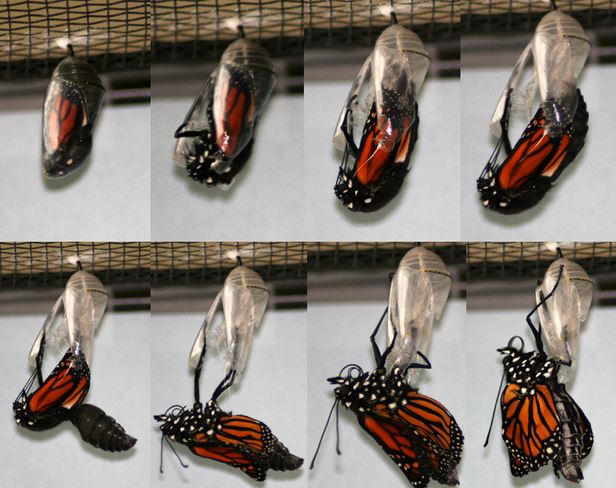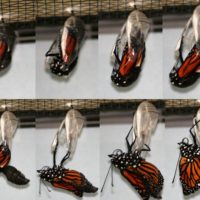The monarch butterfly is one of the most recognizable and well studied butterflies on the planet. Famous for their seasonal migration, millions of monarchs migrate from the United States and Canada south to California and Mexico for the winter the future of these iconic creatures is in danger. Western monarchs have declined by more than 99 percent since the 1980s. Eastern monarchs have declined by an estimated 80 percent. (National Geographic)
There are numerous community science projects that volunteers can do to help scientists learn more about and conserve monarch butterflies. These projects focus on different life stages, times of year, and research questions, and they all have been important for improving understanding of monarch biology and ecology and for giving community members an opportunity for hands-on learning about monarchs. In this session, we will talk about at least five of these projects (the Monarch Larva Monitoring Project, Journey North, Monarch Watch, Project Monarch Health, and the Integrated Monarch Monitoring Program), what each requires, and how you can be involved with one or all of them!
Michelle Prysby’s passion for both citizen science and monarchs began in the late 1990s, when she launched the Monarch Larva Monitoring Project as part of her Master’s research in ecology at the University of Minnesota. Now, she is the director of the Virginia Master Naturalist program and an Extension faculty member in the Department of Forest Resources and Environmental Conservation at Virginia Tech. In that role, she manages a statewide network of volunteers engaged in environmental education, community science, and stewardship to benefit natural resources and natural areas in their communities.


